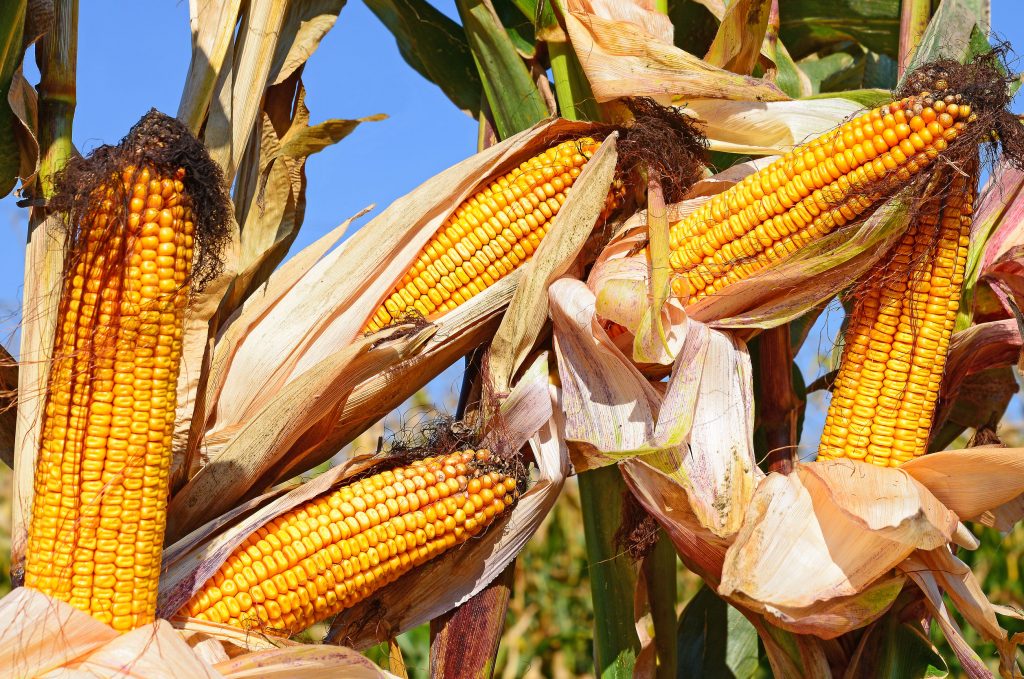Corny Facts
Facts about corn farming presented in question and answer format
Iowa is the largest corn producer in the United States. Here is some information from the Iowa Department of Agriculture about corn that is relevant to Farming God’s Way production of corn (called maize in Africa). My comments appear in Blue.
How many ears grow on a corn plant?
Different varieties of corn have different numbers of ears (or cobs) per plant, but much of the field corn grown in Iowa is bred to develop just one large ear per plant rather than several incomplete ears. This approach usually yields better total production.
Farming God’s Way farmers in Africa plant whatever maize seeds that are available from their local seed stores. So they plant a variety of seeds, both hybrid and heirloom (or OPV – open pollenated varieties). For FGW maize fields that have been fully implemented to standards for several years, it is not uncommon to find maize plants with two or three fully formed ears on them. This is a bonus for the FGW farmer.
How many kernels are there on an ear of corn?
The number of kernels per ear can vary from 500 to about 1,200, but a typical ear should have about 800 kernels.
How tall is a typical corn plant?
Depending on the variety, a typical healthy corn plant can grow from 5 feet to 12 feet (1.5 to 3.6 m) tall. Under good growing conditions in Iowa, most popular varieties are about 8 feet (2.4 m) tall by midsummer. A healthy corn plant’s root system will reach about 6-1/2 feet (2 m) into the ground!
Since Farming God’s Way is no-till farming, the root system from previous years’ maize plants remain in place to stabilize the soil and greatly reduce soil erosion. As the old roots from previous years decompose, they leave mini irrigation channels for rain water to penetrate deep into the ground, much deeper than is possible in tilled soils.
Why are there silks on corn?
The silks in the tassels on the top of each ear of corn are essential for pollen in the air to fertilize the plant. Each silk will convey pollen to one site on a developing ear of corn, producing a kernel of corn at that site. If the weather is too hot and dry during the pollination time, the silks will dry out before all the sites on an ear of corn are fertilized. As a result, there will be partially developed ears with many gaps where no kernels developed because they weren’t fertilized.



